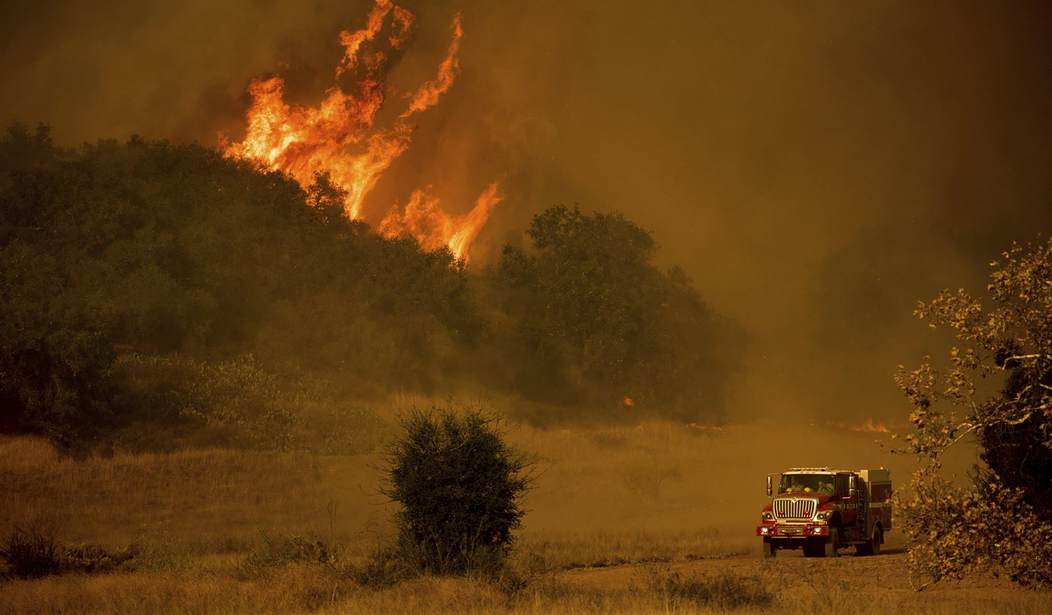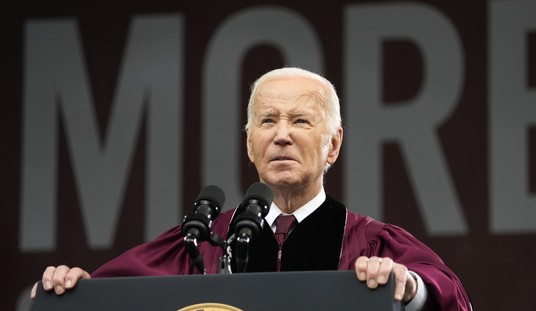Wildfires in Oregon, California and Washington State this previous summer made spectacular headlines. The media took their leads from press releases issued by officials in the respective state capitals. They blamed drought, allegedly induced by man-caused climate change, that affected habitually dry terrain where the fires broke out. But is it appropriate to label changing climate as the primary cause with precedents recorded much earlier?
Peshtigo today is a small, peaceful city in northeastern Wisconsin that once was the site of the largest (areal) and deadliest single wildfire in North American history.
On October 8, 1871, a great wildfire destroyed a thriving 19th Century lumber community and its heavily forested surroundings. More than 1.2 million acres burned in Marinette County, in adjoining portions of Michigan’s Upper Peninsula, and in Door County, WI, across Green Bay.*
The Peshtigo fire broke out on exactly the same day as the more famous Chicago fire. Both were driven by strong, bone-dry winds arriving from the southwest. Ironically, lumber used in constructing post-Civil War Chicago came from Marinette County.
Legend has it Mrs. O’Leary kept a cow in a shed behind her house in southwest Chicago. That evening a hired-hand responsible for milking instead joined a card game next door, leaving behind a burning lantern . The impatient cow kicked over the lamp that ignited nearby hay at about 8:30 PM. The wind intervened and the fire quickly spread to nearby structures. Under a full head of steam, it raced for downtown Chicago as an ever-expanding wall of fire. The rest of the Chicago story is well-documented. The O’Leary residence survived the fire, but a hundred thousand city residents were left homeless.
Not so well documented is what happened 250 miles north. By 1871 lumbering was in its heyday in northern Wisconsin. Harvesting was primitive by modern standards. Two lumberjacks alternately drew a saw back-and-forth through a tree trunk at chest height, leaving behind 4-foot-plus tall stumps to bake in the sun. The trimmings often fueled wildfires.
Recommended
The months before had been exceptionally dry, the last measurable rain having fallen on July 3. That afternoon woodsmen set small fires to clean harvested areas. When the wind arrived unannounced, the separate fires consolidated into one ever-expanding wall of fire that moved rapidly northeast.
Peshtigo residents remained unaware of their peril until just after sundown. Those outdoors smelled the smoke and observed an ominous red glow in the southwest. Soon, huge firebrands carried by swirling gusts suddenly flew overhead and set fire to exposed roofs and structures around town.
Fully aware of pending disaster, groups of people on the west side of the Peshtigo River rushed toward the wooden bridge. On the east side, others, believing they were in greater peril, tried to cross to the west. In the confusion many fell into the river and drowned. Herds of cattle and horses, freed from corals, trampled fleeing residents in their rush to escape. The large stream, undammed at the time, contained rapids menacing to those who dared cross. Some reached the opposite bank. Others, who decided to remain in the water, would survive the firestorm soon to pass overhead.
Fire leaped the stream that was wrongly supposed to be a barrier. The better prepared brought along blankets. Wetted, they protected against the intense heat. Survivors spent the night in the river, and once the fire receded, they became chilled and came onto the bank seeking embers to warm by. As daylight arrived, they surveyed the blackened scene in shock. Today the local fire museum holds relatively few remaining artifacts discovered afterward. The conflagration destroyed nearly all combustibles in its path.
By official account, more than 1,200 perished within the city and surroundings. Fire experts now believe the loss of life totaled at least 2,500. There were many among unnamed victims who were recent arrivals working in the forest, lumber mills and the massive wood products plant.
By comparison the Chicago fire claimed about 300 lives. Yet the property damage there was greater.
With its telegraph line destroyed, the fire left Peshtigo temporarily isolated. Messengers were dispatched to inform the outside world what had just happened.
East Coast newspapers and wire services, fixated on the Chicago fire, ignored Peshtigo that became a forgotten footnote to history.
Contrast 2021’s summer of wildfires “Out West.” These need not have happened. For over a half century, official neglect and poor forest management had allowed many western forests to become a disgrace, overgrown with brush, diseased and insect-infested trees, and tinder lying deep on the forest floor.
Long before the European-American settlers arrived on the continent, Mother Nature and Native Americans teamed up to prevent the build-up of combustibles in their primeval homeland. With controlled burns, the partnership limited then what now in modern times have become frequently occurring major wildfires. We quickly forget and learn slowly.
California officials in Sacramento bow to political pressure from misguided activists, who have succeeded at transforming former workable forest management practices into the massive wildfires of recent summers.
Utility power lines and man-caused climate change were never the primary causes. These conveniently serve as scape-goats for dereliction in the California and Oregon governors’ offices.
No, the worst wildfire in US history happened 150 years ago in Wisconsin, not in Oregon, Washington and California during 2021. The mainstream media gets it wrong over and over again.

























Join the conversation as a VIP Member